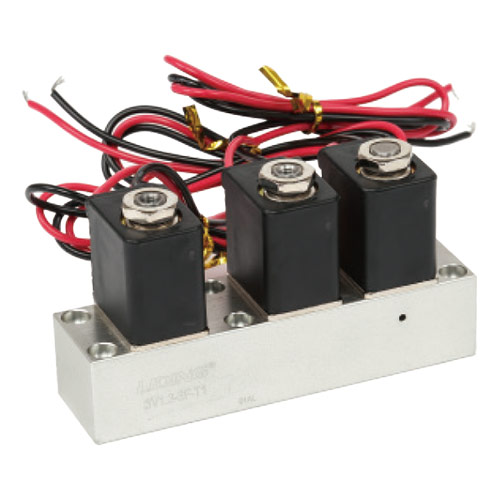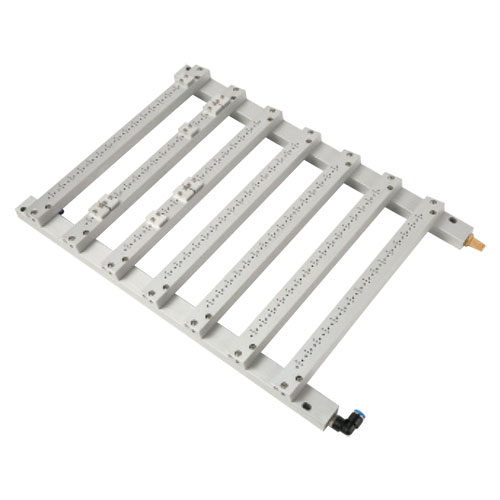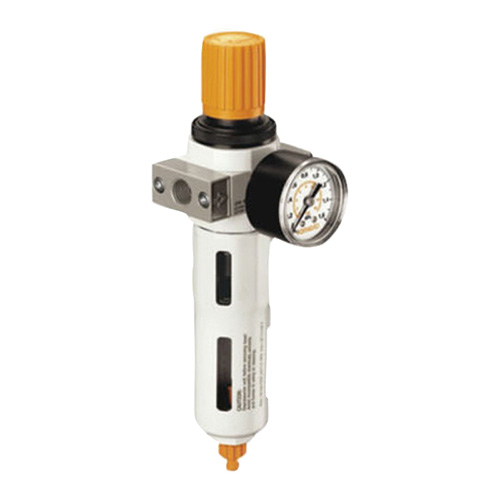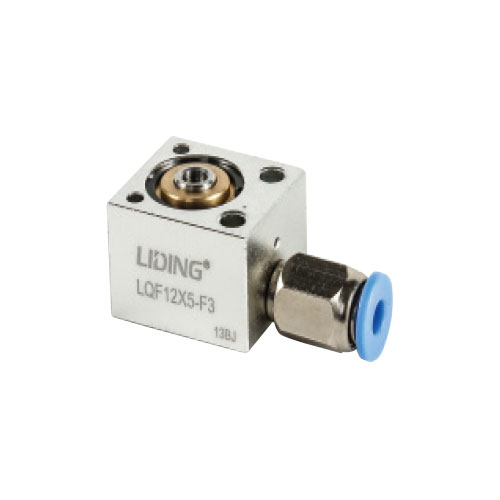Do you know the cylinder floating joint
In non-standard automation equipment, some cylinder con […]
In non-standard automation equipment, some cylinder connectors are often used, one of which is the floating joint.
Function of floating joint: Eliminate errors caused by insufficient parallelism or misalignment of the cylinder and the driven parts. The front end of the standard floating joint has a correction angle of ±5°, so as to protect the cylinder piston rod and the inner sealing ring of the cylinder from damage. It greatly reduces the manufacturing difficulty of the workpiece and prolongs the service life of the cylinder.
Here are some usages of several commonly used floating joints
1. Standard floating joint - angle floating type
The main feature of this type of floating joint is that it can achieve an angle of ±5°. In addition, it has a long size. It is mainly suitable for occasions with long stroke cylinders and ample installation space.
Standard Floating Joint--Angle Floating Type
Angle floating type installation method
1) The piston rod, floating joint and connecting plate are connected by thread respectively;
2) The fine adjustment of the workpiece position is realized by adjusting the nut back and forth;
3) It can adapt to the errors caused by inconsistent height and non-parallel neutral planes.
Standard floating joint--installation method
2. Floating joint - internal thread type
The internal thread type is mainly suitable for short-stroke work occasions with compact space structure.
Internal thread type installation
1) Just fix the floating joint on the cylinder piston rod;
2) The connected parts only need to cut a "T"-shaped notch, and the processing is simple;
3) The range of correction is small.
Floating joint--inner thread type
3. Floating joint--flange installation type
It can be understood as the second derivative with basically the same function.
Floating joint--flange mounting type








